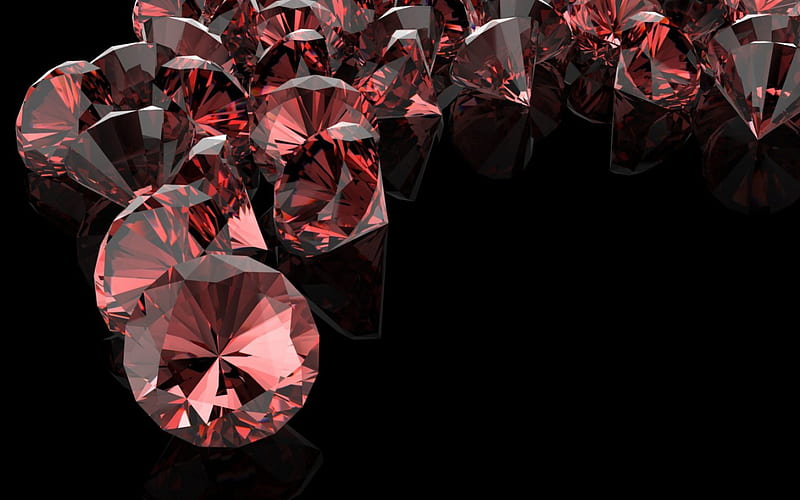HPHT Diamonds and Lab Created Brilliance: The Science of Ethical Luxury
A New Frontier in the Diamond Industry
The global diamond industry has entered a revolutionary phase, one defined not only by beauty and luxury but also by ethics, sustainability, and innovation. A growing number of consumers today are seeking alternatives to traditionally mined diamonds—alternatives that offer both environmental responsibility and stunning craftsmanship. This shift has given rise to lab created diamonds, a category that encompasses a range of high-tech processes capable of producing real diamonds outside the Earth’s crust.
Among these processes, HPHT—short for High Pressure High Temperature—is one of the most prominent. This method has captivated jewelers and scientists alike for its ability to replicate the natural diamond-growing environment with precision and consistency. As the popularity of lab grown options increases, understanding the technology and ethics behind them becomes essential for informed buyers.
The Science Behind HPHT Diamond Creation
To understand the value of HPHT diamonds, it’s helpful to examine how they are made. This technique involves placing a small diamond seed into a press, where it is exposed to intense pressure and extreme heat—conditions similar to those found deep within the Earth’s mantle. Over time, carbon atoms begin to crystallize around the seed, gradually forming a full-sized diamond.
The HPHT process is one of the earliest and most established methods of growing diamonds in the lab. It is particularly effective for producing stones that are virtually indistinguishable from their natural counterparts. The resulting diamonds possess the same physical, optical, and chemical characteristics as mined diamonds, offering exceptional brilliance, hardness, and clarity.
In terms of application, HPHT is often used to improve color in diamonds that would otherwise be yellowish or brown. It’s also employed to create high-quality stones in both white and fancy colors. The combination of control, efficiency, and consistency makes this process a cornerstone of the lab created diamonds market.
Ethical Appeal and Environmental Impact
Beyond their scientific origins, HPHT and other lab grown diamonds are making waves due to their ethical advantages. Traditional diamond mining, while romanticized in popular culture, carries serious social and environmental consequences. These include deforestation, soil erosion, excessive water usage, and sometimes, human rights violations in mining regions. In contrast, lab grown stones offer a cleaner and more transparent alternative.
With lab created diamonds, there’s no need to dig deep into the Earth or disrupt ecosystems. The controlled environment of the lab allows for traceability, minimal carbon emissions, and a drastic reduction in environmental damage. Consumers who prioritize sustainable living often find lab grown diamonds an ideal choice, as they can wear their jewelry with pride and peace of mind.
HPHT diamonds, in particular, appeal to those looking for both ethical integrity and high-end elegance. Their production aligns with growing global efforts to reduce ecological footprints while still meeting the highest standards of quality and beauty.
How the Market Is Embracing Lab Grown Stones
The rapid rise in demand for lab created diamonds has led to significant shifts in the jewelry industry. From local boutiques to major luxury retailers, brands are now offering lab grown collections as part of their core offerings. What was once seen as a scientific novelty is now accepted by gemologists, jewelers, and consumers as a legitimate and desirable category.
HPHT diamonds are especially valued in high-end settings where precision and brilliance are key. These diamonds are frequently used in engagement rings, anniversary gifts, and statement pieces that celebrate important milestones. As lab grown diamonds continue to gain market share, manufacturers are investing heavily in research and development to push quality and efficiency even further.
Hong Kong, London, New York, and other major fashion capitals are seeing increased interest in custom jewelry featuring HPHT diamonds. This isn’t just about cost-effectiveness—though lab created stones are often 30–40% less expensive than mined diamonds—it’s about consumers aligning their purchases with their values. Luxury is being redefined by clarity of conscience as much as by carat and cut.
A Future of Conscious Luxury
Looking ahead, the diamond industry is likely to be shaped by innovation, sustainability, and personalization. As technology evolves, so will the capabilities of producers to create even more brilliant, durable, and customizable diamonds. The continued refinement of the HPHT process will play a key role in meeting this demand, offering consumers a reliable and ethical choice.
HPHT diamonds symbolize the perfect convergence of science and beauty, offering a tangible alternative to the often-problematic path of traditional mining. They represent not only technical excellence but also a broader shift in how people define luxury. In an era when transparency and responsibility matter more than ever, lab created diamonds provide a meaningful way to express love, success, and personal values—without compromise.






